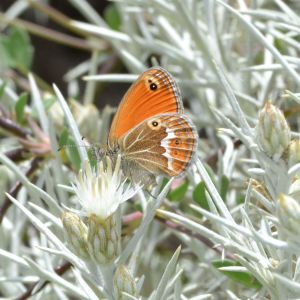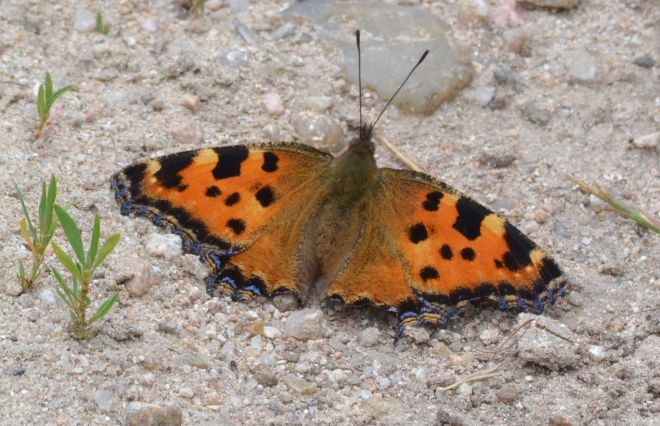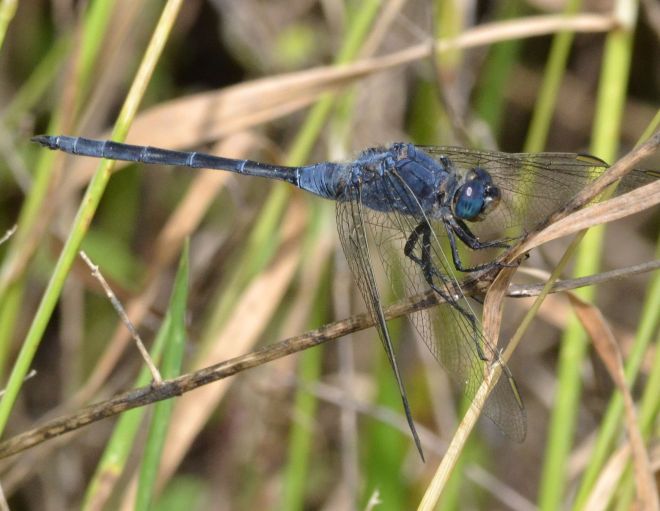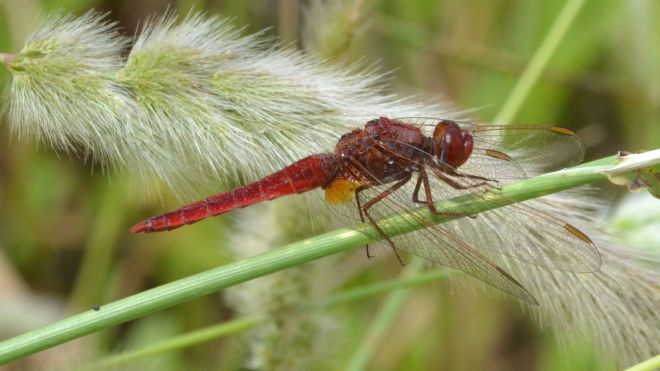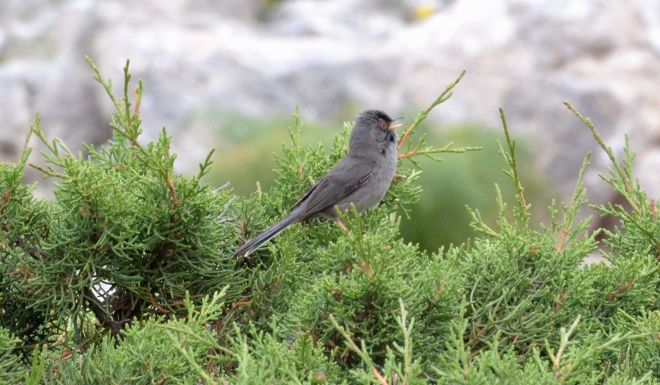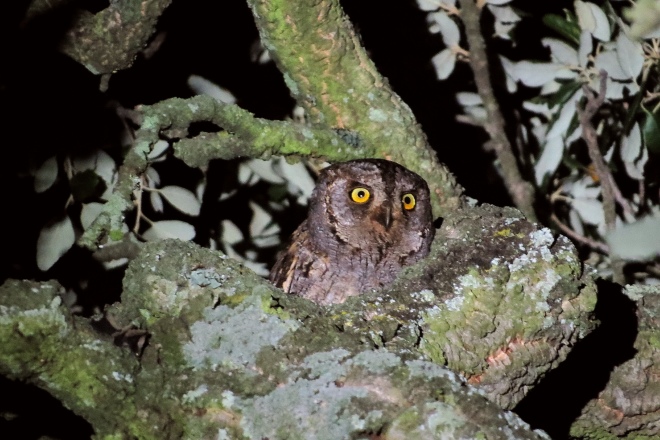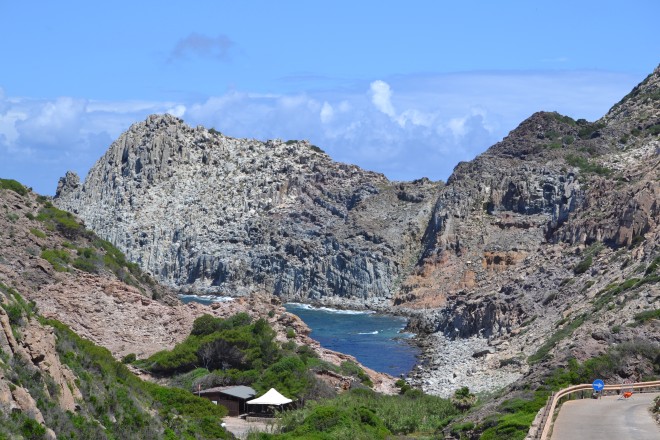Black Hairstreak has enjoyed an exceptional 2018 flight season in England, with much larger than usual numbers recorded at traditional sites and more at new locations where small colonies had probably gone undetected previously. In between my two trips abroad during June this was the one local butterfly that commanded my attention. Then I experienced Sloe and Ilex Hairstreaks for the first time in southern Greece, and gained my best ever pictures of White-letter Hairstreak there as well. So I will now take the opportunity to present these four Satyrium hairstreak species in one post.
When 11th dawned sunny I checked the BC UTB sightings page to find all the records while I was in Sardinia had been from Oxon’s Whitecross Green Wood. So that is where the butterfly tourists will have gone in 2018. For myself I headed off to a site further to the north in Bucks that Ewan and I had discovered a year ago and which thankfully is still tourist free. Here a path runs behind roadside Privet that attracts these butterflies from the woodland edge.
A stretch of this hedge had been cut to half height with a flail, serving to let more light into the narrow strip behind where only occasional patches of Privet had been sunlit on that previous visit. In one spot a tallish stand appeared to have been pushed over backwards by the cutting machine and was in full bloom at and just above head height This looked promising and indeed upon it were nectaring three Black Hairstreak.
At once I sensed a picture opportunity par excellence and began to record images using my usual 300mm telephoto lens. But it is well known that when nectaring this butterfly will allow a point blank approach, and so I changed to my macro lens for the first time in quite a while. The outcome was my best ever Black Hairstreak pictures and the communion enjoyed with these rare and precious gems was simply off the top of the scale.
I had to keep reminding myself that inches from my face was one of England’s scarcest and most sought butterflies that enjoys an almost mythical status amongst people who observe them, and I had them all to myself. As on many other occasions I am convinced that insects come to accept human presence so long as they are not harassed or chased around. At one point I was leaning over one BH to take pictures of another and the first butterfly was not in the slightest bit bothered. Even if they did take fright the BH would always come back again to nectar anew.
This observer too was enjoying a similar freedom from jostling and harassment. Every so often I would glance nervously along the path to see if any other person might be approaching, but in around an hour spent with the Hairstreaks I remained gloriously alone. After the previous week in Sardinia being in a group of 15 to seek out scarce insects with very mixed results this day was quite simply how things should be done.
When company did eventually arrive it was in the familiar form of Ewan, who like myself had gone out on the spur of the moment. Between us we must have seen between 20 and 30 BH at this spot, by the roadside and along another path into the woods; and my colleague saw many more after I left. We were both struck by how fresh the butterflies were compared to our visit a year ago, so we had timed things just right. For a fuller account of this species from June 2017 see here.
Two other members of the superficially similar but subtly different Satyrium genus of Hairstreaks were encountered several times during my week in southern Greece, often flying together. On 19th we visited a monastery garden, Aghia Lavra near our base of Kalavrita in the Peloponnese. There both species were active low down amongst the rather unkempt flowers as well as on marginal shrubs. The following pictures are all of these butterflies nectaring on Mint.
Sloe Hairstreak (pictured above) has larger and rounder red spots than other Satyriae on the underside hind-wing (unh), with internal black triangles on the margin and black edging externally. There are four of these markings limited to the areas around the tail. The thin white line that gives all Hairstreaks their name is usually quite strong and almost straight.
Sloe appeared paler in tone than Ilex Hairstreak (pictured below), in which the white band is better defined and black edged, also extending more faintly across the forewing. The array of red-orange and black spots in Ilex extends around most of the unh. Both these butterflies occur across much of central and southern Europe in June and July, usually in hot and dry scrub habitats in which they are more prone to nectaring openly than their English cousins.
On 22nd we commenced our exploration of Mount Parnassos that rises above the northern shore of the Gulf of Corinth. Driving up we passed through what appeared to be a large winter sports complex that had either fallen foul of the recent crash in the Greek economy, or else the many new houses were city dwellers’ second homes and not occupied in summer. Here there was a large bramble patch known to our group leader as a reliable hot spot for White-letter Hairstreak and this fourth species duly obliged in good numbers.
Why WLH should be present here was something of a mystery since there were no Elm trees anywhere in the vicinity. In England and throughout its range across most of Europe this Hairstreak is always associated with Elm. I had previously observed them mostly in tree tops at home, and close up only at one site in south-east Oxfordshire where I might typically encounter a few worn individuals. This latest experience and the pictures that came out of it were both much better.
White-letter Hairstreak (pictured above) takes its name from the letter W traced out by the white band on the unh. A further diagnostic is the tails are longer than in the other species described herein. This Hairstreak is probably under recorded in England. Every season records are posted on the BC UTB sightings page from new sites, always where there are Elm trees, and particularly so due to the diligence of the current species champion Peter Cuss. My advice to anyone with an interest is if you know where there are some Elms take a close look and see what you find.
A minor retrospective now. The other two members of the six-strong Satyrium genus are False Ilex and Blue-spot, both of which I self-found on waste ground at Tavira in the Portuguese Algarve in May 2014. False Ilex Hairstreak is very closely related to Ilex but confined in Europe to the Iberian peninsula and far south of France. Blue-spot Hairstreak is distinguished by the feature of its name at the lower unh tip, and is noticeably larger and more triangular than the others. These archive pictures below are for comparison’s sake.
So now I have observed all six of the Satyrium Hairstreaks. I would say Black Hairstreak is probably the most boldly marked and attractive of the group though all are very similar in terms of their behaviour. This year has been unusual, thanks to travel abroad, in allowing me to experience four of them in such a short space of time and so it seemed appropriate to describe and compare them here. Black Hairstreak are now almost over for 2018 in southern England, but White-letter will be out there for a little while yet before the never ending four-stage cycle of butterfly life begins all over again.


















